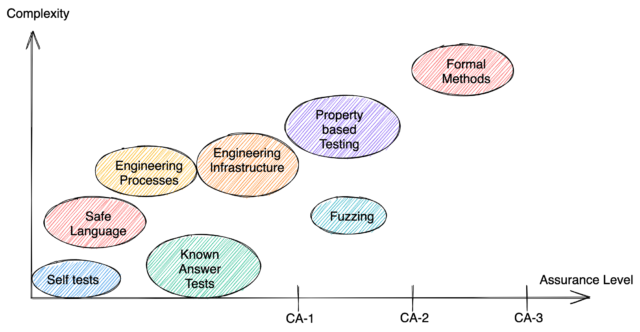Comprehensive Guide to Formal Methods for Software Assurance: Theory, Practice, and Case Studies

About Course
In an era where software powers everything from critical aerospace systems to financial transactions, ensuring its correctness, reliability, and security has never been more vital. This comprehensive course takes you on a deep dive into formal methods—a mathematical approach to specifying, verifying, and validating software systems—to equip you with the tools and knowledge required to elevate software assurance practices to world-class standards.
Whether you’re an academic, developer, quality engineer, or policymaker, this course bridges theory and practice by covering key formal methods (e.g., model checking, theorem proving, and specification languages like Z, B, and Alloy), real-world case studies, and their application in agile, DevOps, and regulated environments. You’ll explore the full lifecycle—from defining formal specifications to integrating them into modern workflows, and even venturing into emerging domains like AI verification and quantum computing. The future of secure, fail-safe software starts here.
Course Content
Introduction to Formal Methods and Software Assurance
The Need for Software Assurance
00:00Role of Formal Methods in Software Assurance
00:00Overview of Ebook Structure
00:00